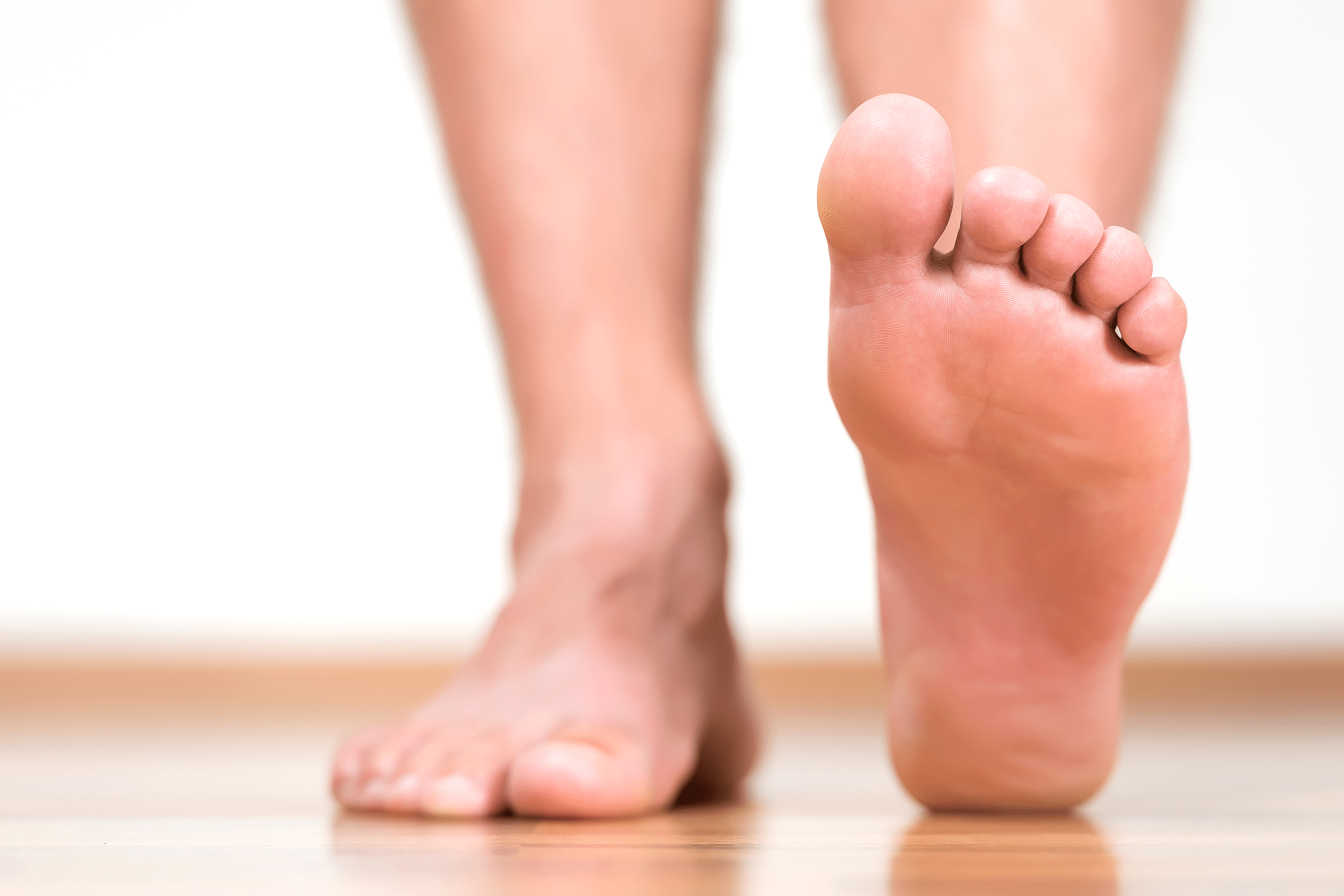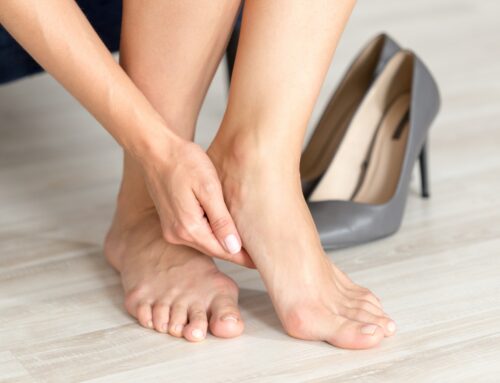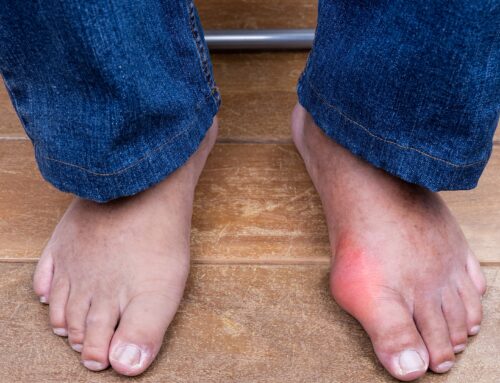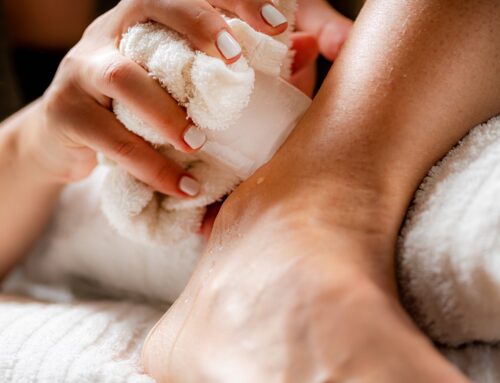If you are living with diabetes, one of the best things you can do is to keep your blood sugar levels under control. However, if not properly managed, diabetes can result in severe complications, such as poor blood flow and nerve damage. And this can ultimately lead to diabetic ulcers in the feet, which can worsen over time. If you already have nerve damage, blood-sugar control, and proper foot care can help prevent further damage.
What is Diabetic Foot Ulcers?
A diabetic foot ulcer is an open wound that occurs in more than fifteen percent of diabetic patients. Diabetic wounds are usually on the bottom of the foot closest to the big toes. In fact, in extreme cases, diabetic foot ulcers can result in amputation due to the destruction of the foot tissues and bone. And may require removal through surgery.
There are a few significant factors that can increase the chances of extremity amputation being necessary for diabetic patients. These include:
- Kidney disease
- Smoking
- High blood pressure and high sugar levels
- Corns
- Kidney problems
How to Prevent Foot Ulcers
Fortunately, diabetic foot ulcers are manageable and preventable with the right foot care routine. These preventative measures have led to the reduction of lower limb amputation in the last two decades. Some of the best wound care methods to manage foot ulcers include eating a healthy diet, frequent exercise, and monitoring blood sugar. Above all, remember to take your medication as instructed by your physician. Below are a few tips to take care of your feet properly.
Clean your feet daily.
Ensure that you wash your feet with warm water at least once a day. However, you could use a pumice stone to gently scrub the areas where dry skin or corns form more easily. Gently dry your feet, more particularly though between the toes. Moisturize your feet using your preferred lotion of cream.
Inspect your feet.
Check your feet for corns, sores, injuries, swelling, and blisters regularly. However, if you are unable to have a complete view of your feet, you could use a mirror.
Cut your toenails with caution.
It’s a good idea to cut your nails with caution to avoid injuries to your toes, which could lead to severe wounds. Cut your nails straight across at all times. However, if you are unable to cut your nails, you could ask someone to do it on your behalf.
Get shoes that fit perfectly.
Buy shoes that are comfortable and offer support for the heel and ball of the foot. Tight shoes, high heels, or narrow shoes aren’t the best choice since they often cause corns. Although, custom shoes designed to fit you just right are a great choice.
Do not smoke
Smoking leads to several health problems. It can inhibit proper blood circulation and decrease the amount of oxygen in the blood. Such problems can lead to more significant issues, such as poor healing of wounds and sores.
Do not walk barefoot.
By not walking barefoot, you will prevent injury and blisters. However, ensure that you wear slippers or shoes even around the house.
Avoid removing corns yourself.
If you have developed any corns on your foot, it is advisable to visit your doctor as soon as possible. Removing foot corn or a lesion using home tools that are not sterilized such as, nail cutters or scissors, could result in contamination. Hence, more wounds, and could put you at risk for infection.
Always wear clean and dry socks.
Wear socks made out of cotton and acrylic fibers that will remove sweat from your skin. Avoid wearing nylon socks. Socks that have tight elastic bands could limit blood flow to other parts of your feet.
Plan frequent foot checkups.
The doctor will scrutinize your feet for symptoms of poor blood circulation, nerve damage, or any other foot issues. Ensure that you visit your doctor for checkups at least once every year, or as advised by your doctor.
Your foot doctor will recommend the appropriate form of diabetes care, depending on the issue at hand.
For a preferred podiatrist in South Florida, call 888-409-8006. Offices conveniently located in Boca Raton, Deerfield Beach, Plantation, & Coral Springs.






Leave A Comment